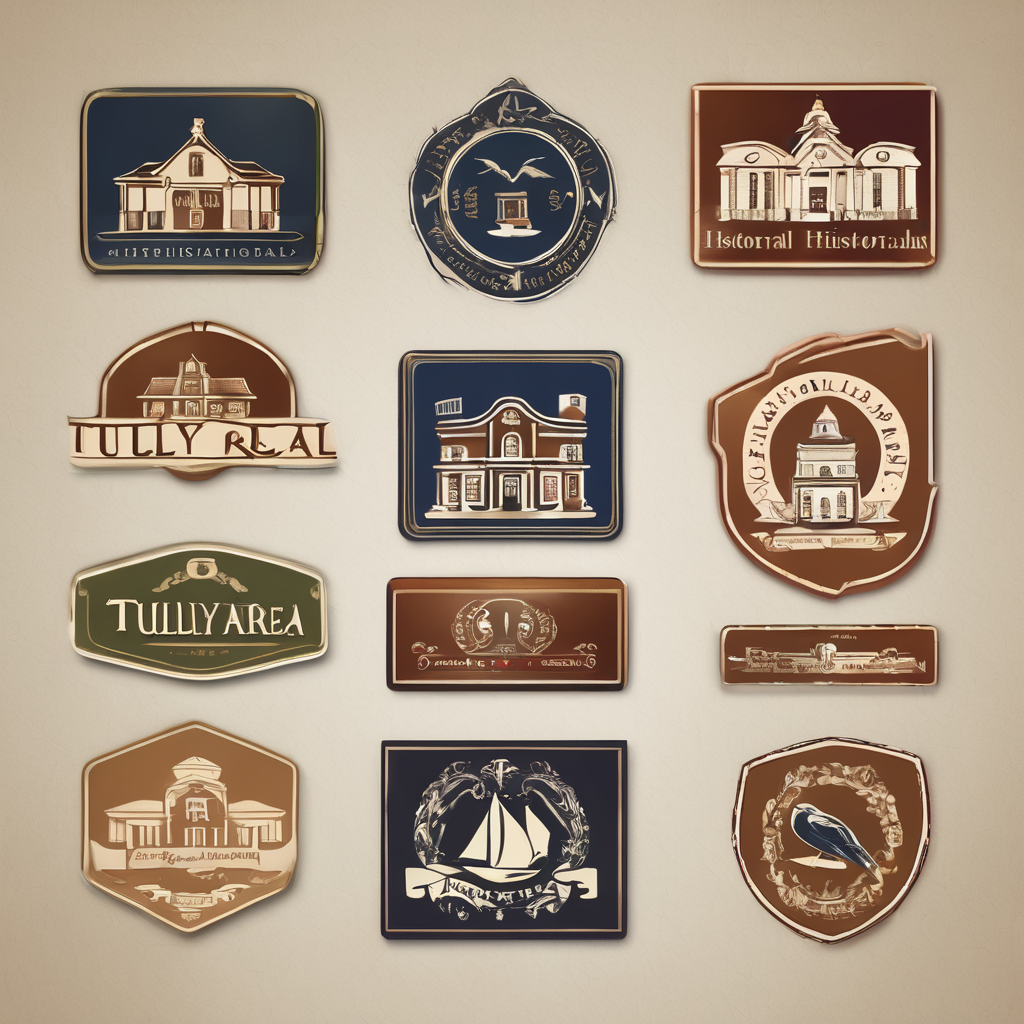Major Eras and Defining Shifts in UK Women’s Fashion
The history of UK women’s fashion reflects a series of profound transformations from the 19th century to the modern era, each marked by distinctive styles and cultural influences. Beginning in the Victorian era, women’s fashion was characterized by elaborate, restrictive garments such as corsets and full skirts, symbolising societal expectations of femininity and class distinction. This period laid the foundation for later shifts by establishing clear norms in dress and silhouette.
The early 20th century introduced significant change, propelled by both technological advances and social upheaval. The Edwardian period saw the rise of the S-bend corset and more tailored, elegant forms. However, World War I initiated a move towards practicality, with simpler, looser clothing reflecting women’s increasing participation in the workforce. This shift in the fashion timeline UK culminated in the 1920s with the iconic flapper dress, embodying newfound freedom and rebellion against previous constraints.
Also to discover : How Can UK Women Transform Their Fashion Sense Effortlessly?
Mid-century fashion milestones include the post-World War II era, when designers like Christian Dior popularised the “New Look,” marked by cinched waists and full skirts that celebrated femininity after wartime austerity. The 1960s and 70s were pivotal in British women’s fashion history, with miniskirts, bold patterns, and new fabrics reflecting youth culture and social liberation. These decades were shaped not only by design innovation but also by political and cultural forces such as the feminist movement and increased global connectivity.
Entering the 21st century, UK women’s fashion continues to evolve rapidly. The blending of historic influences with modern technology, street style, and diverse cultural inputs defines current trends. Throughout all these eras, the role of social, political, and cultural factors is clear: changes in women’s status, work, and identity directly influenced clothing choices and styles. Thus, the major fashion milestones in the UK trace not only aesthetic preferences but also the deeper story of women’s evolving roles and expressions.
In parallel : How can UK women incorporate global fashion influences into their style?
Influential Designers and Style Icons
The story of UK women’s fashion history would be incomplete without acknowledging the substantial impact of UK fashion designers and British style icons who shaped trends and inspired generations. From the early 20th century onward, British designers brought innovation and distinct perspectives to the evolving fashion timeline UK, pushing boundaries and redefining femininity.
Pioneering figures such as Mary Quant revolutionised the 1960s by popularising the miniskirt, a garment that symbolised youthful rebellion and a break from conservative norms. Quant’s work exemplifies how major fashion milestones often coincide with broader cultural shifts, here reflecting the era’s dynamic youth culture and changing attitudes towards women’s freedom of expression. Another influential designer, Vivienne Westwood, injected punk ethos into high fashion during the 1970s, challenging conventions with bold, provocative designs that remain celebrated today.
Beyond designers, British style icons like Audrey Hepburn and Twiggy epitomised the defining looks of their times, becoming global ambassadors of UK fashion. Their signature styles—whether Hepburn’s elegant simplicity or Twiggy’s mod-inspired aesthetic—offer clear markers within the fashion timeline UK, demonstrating how celebrity influence can drive widespread adoption of trends. Their visibility on screen and in media amplified the reach of British fashion, cementing these looks as enduring icons.
Together, these influential women in fashion and creators have not only contributed individual garments but also fostered distinctive aesthetics that reflect evolving social norms and aspirations. Their legacies continue to influence contemporary designers and consumers navigating the ever-changing landscape of UK women’s styles.
Pivotal Fashion Movements and Subcultures
The UK fashion movements have played a crucial role in defining women’s styles, introducing fresh ideas that broke from tradition and influenced the broader fashion timeline UK. Each British subculture brought distinctive aesthetics that challenged norms and inspired subsequent generations.
The Mod movement of the early 1960s epitomised youthful rebellion and sharp tailoring, highlighted by clean-cut miniskirts, bold geometric patterns, and streamlined silhouettes. This era’s emphasis on modernity and sophistication signalled a shift away from post-war austerity, aligning with the broader cultural optimism. Key garments such as tailored suits and the ubiquitous mini contributed to its enduring appeal and established it as one of the major fashion milestones.
Following closely, the 1970s punk subculture marked a radical departure with its deliberately provocative style. Designers and influential women in fashion embraced ripped fabrics, safety pins, and leather jackets, underscoring rebellion against mainstream consumer culture. The punk aesthetic, strongly associated with Vivienne Westwood’s designs, became a powerful visual language that questioned social conformity and authority. Its impact extended beyond Britain, stimulating a global punk fashion revolution.
The New Romantic movement emerged in the late 1970s and early 1980s, blending theatricality with nostalgia. Characterised by ruffled blouses, elaborate makeup, and historic references, this subculture presented an alternative to punk’s rawness, favouring intricate, flamboyant style. This movement reinforced the idea that British subcultures are engines for continuous innovation within the UK fashion movements context.
Together, these subcultures have left a lasting imprint on women’s fashion, evidenced by recurrent revivals and reinterpretations in contemporary designs. Their legacies underscore how fashion revolutions arise not only from designers’ creativity but also from collective cultural expression and social commentary.
Societal Transformations and Fashion Adaptations
Women’s evolving societal roles in the UK have profoundly influenced the fashion timeline UK, marking critical moments in UK women’s fashion history where dress reflected broader social change UK fashion. As women gained increased rights and workforce participation, clothing shifted from restrictive styles to garments prioritising functionality and expression.
During the suffrage movement, dress became a symbol of empowerment. Women adopted simpler silhouettes and practical attire to align with their demands for political and social equality. This shift challenged traditional norms and underscored new freedoms, marking one of the earliest major fashion milestones linked directly to women’s rights and public roles.
The impact of global conflicts, especially World Wars, accelerated changes in women’s dress codes. With many women entering the workforce, fashion adapted to meet practical needs—trousers, shirtwaists, and durable fabrics replaced elaborate gowns. These adaptations illustrated fashion’s responsiveness to fashion & women’s roles, reinforcing clothing as both a tool for empowerment and a reflection of changing identities.
In modern times, social transformations continue to inspire fashion innovation. As gender roles diversify, women’s clothing embraces versatility, comfort, and individuality, echoing ongoing dialogues about equality and identity in the UK. Thus, fashion remains a dynamic expression of women’s evolving societal positions and aspirations throughout history.





